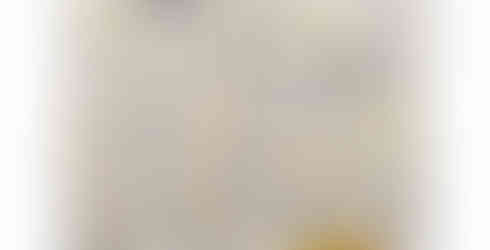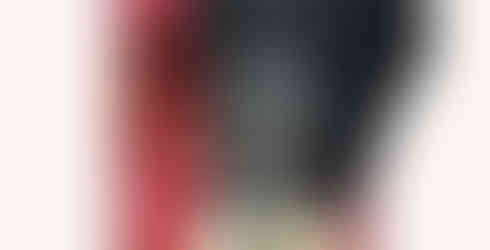Displacing African stereotypes
- Mary Corrigall
- Sep 26, 2016
- 3 min read
“I feel repulsed by images of African masks,” observes Larita Engelbrecht. The young artist laughs, knowing it to be a most unlikely statement for her to make, given her upcoming solo exhibition at Ebony/Curated Gallery is dominated by this subject. Titled Met Ander Oë (With other eyes) the exhibition features a collection of collaged artworks centred on cut-outs of dated photographs of African masks. In short she reworks photographs of masks into artworks. It is an unusual pursuit for a rising artist - flogged at curio shops and Greenmarket Square African masks are such clichéd objects. They are also culturally loaded; not only as part of African rituals but in the way they have come to function as a shorthand for Western perceptions of the continent and its traditions. Even contemporary art remains haunted by this motif – take the exhibition, Disguise: Masks and Global African Art, currently showing at the Brooklyn Museum in the US. It is for all these reasons that Engelbrecht is both reticent and attracted to African masks.
The images she reworks are mostly derived from anthropological books on the subject or African art produced around the 50s – a time when Europeans and Americans were fixated with collecting and interpreting African material culture.
She has been collecting these books for some time. As much as she is drawn to vintage material, she is also keen to interrogate her fixation and be rid of it.
“I’d like to get my interest in African masks out of my system,” she says, as she lays the framed collages out in a row at a Woodstock framer.
You have to study the images closely to identify the masks, as Engelbrecht’s compositions are surreal and abstract. In Peek, an image of a mask is placed in between the railings of a staircase. A mask conceals the face of a person drinking from a coffee cup in Quaff. Step Up features a mask attached to a pair of legs positioned near a minimalist building. Engelbrecht recontextualises the images of these masks by isolating them from the original texts where they were interpreted and locates them in different and seemingly unexpected environments. Mostly it is built ones, of contemporary buildings, museums and other modernist structures she has found in fashion and décor magazines.
You could read all sorts of things into these choices; the relationship between modernist architecture and African sculpture could be a good place to start. Or what about weaving African culture into contemporary Western ones? Attached to fashion images and/or white bodies leads you to think about the way African traditions have been appropriated by white people and fashion designers. In other words how the ethnological or anthropological interest in the ‘50s has infiltrated popular culture. There is lots of meaty stuff here that these simple yet visually compelling collages evoke.
Not unsurprisingly, Engelbrecht works by day as an art theory lecturer and academic. This body of art began after she was teaching a course on modernism and postcolonial studies.
Collaging is the ideal mode for her to test, experiment and play with history and loaded symbols. In cutting them out of books, which she describes as a “sacrilegious act”, she isolates them from history and tries to find new places and spaces for them in such a way that she collapses time and place. A fifties view of African culture is fused with a fashion sensibility and then reread through the eyes of a young white artist. A form of distortion does occur in the process – the cut out masks appear huge in scale when placed next to large buildings and structures. In this way Engelbrecht situates the masks in surreal and sometimes abstract landscapes that don’t make sense, deny logic.
Read More here
published in the Cape Times, September 1, 2016











